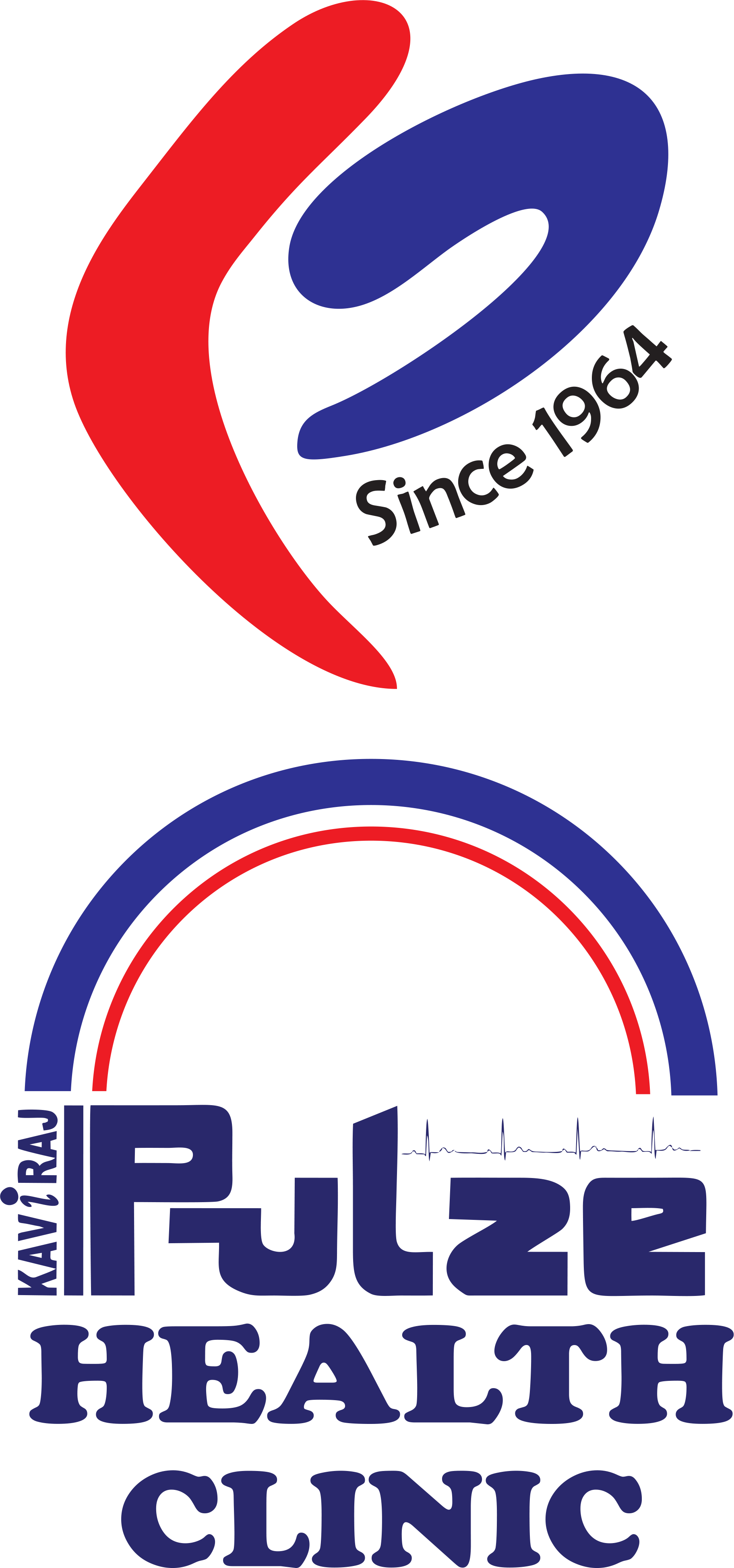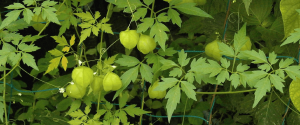Siddhars, the promoters of the medical system, invented and practised these external therapy procedures not only in prevention and cure of disease but also in promotion of health. Most of these therapies are aimed at maintaining a healthy balance of three humours (Tridosham), and also the seven tissue types of the body (Sapta dhatus). Some of the procedures need to be followed at regular frequency as a daily regimen or seasonal regimen to maintain this balance. There are occasions where administration of oral medicines becomes impossible and hence to revive the patient, administration of drugs or manipulation through external therapies like thokkanam, pattru, ottradam, Eye,Nasal,Ear,Oral applications are required.
Besides pharmacotherapy, there are several special therapies unique to Siddha and classified into 32 catagories, in these 32 the following catagories some of them are listed below are available in our health clinic
- Pattru (Poultice)
- Poochu (Liquid application)
- Kalimbu (Ointment)
- Seelai (Medicated gauze)
- Varthy-Pugai (Medicated wick)
- Pasai (Cream)
- Kali (Paste)
- Podi (Powder)
- Neer (Medicated Liquid)
- Nasiyam (Nasal drops)
- Ottradam (Fomentation)
- Pugai (Fumigation)
- Mai (collyrium)
- Kalikkam (Eye drops)
- Thokkanam (Physical manipulation)
- Podithimirdhal (Massage with dry powder)
- Vedhu (Steam therapy)
- Pottanam (Medicated pouch)
1.Thokkanam
Thokkanam is the Siddha way of touch therapy. It is the physical manipulation of the body usually done with oil application It is very effective for neurological and musculoskeletal problems and enhance rejuvenation. It also promotes mental and physical fitness. According to Siddha, disease in the body occur due imbalance of three humours that is Vatham, Pitham and Kapham which in turn are governed by five fundamental elements – Akayam (Space), Vayu (Air), Theyu (Fire), Appu (Water) and Munn (Earth). Thokkanam is one of the 32 types of external medicines mentioned in siddha literature. In this technique, the physician uses his hands on the body of the patient in 9 different unique ways with using medicated oil with a curative or palliative point of view. The 9 different techniques in thokkanam which makes siddha medicine unique in all aspects.
As per Siddha basic principles the meeting points of muscles, nerves, joints and skin including hair roots are places of flow of vital Vatham energy.A depletion of Vatham vital energy may lead to Vatham derangements s such as pain, altered tone, power, twitching, spasticity, Rigidity, numbness, and neuritis.
Vatha takes care of bodily functions as below
- Respiration- uyirkal(pranan)
- Excretion- keel nokku kaal(Abanan)
- Circulation-paravukal (vyanan)
- Digestion-nadukkal (samanan)
There are six more vaayus which help the above said main vaayus. In a Neuro muscular disorder the first three vaayus are affected leading to wasting. So by rejuvenating the depleted vaayus through Thokkanam it is easier to treat the patient and prevent disability if intervened earlier.
Thokkanam is a physical manipulation procedure usually done by hands on the body in nine different methods with application of medicated oil along with Internal medicines. By improves the blood circulation, facilitates lymphatic drainage, improves skin tone and promotes the vitality. It not only improves muscle tone and power in the affected muscle like physiotherapy, but also give relaxation of muscle, relief mental distress and relief the pain of affected joints. will lead into the systemic establishment of these procedure globally and can help to get the assured effectiveness of Thokkanam therapy.
Siddha system is the traditional Dravidian system of medicine, It has three methods to cure or conservative the disease, these are Agamarunthu, Puramarunthu, Unavu &Vazhviyal muraikal (diet and living methods).
Persons not advised to undergo Thokkanam
- Communicable disease patients
- Pregnant women
- Feeding Mothers
- Women with per vaginal bleeding
- Post epileptic condition
- Unconscious persons
- At the period of fever
- Cellulites patients
- Diarrhoea patients
- Infectious disease patients
Steps to follow before undergoing Thokkanam
Advise the person to pass urine before therapy Remove any metal jewellery, hearing aid, contact lenses and eye glasses
Advise the person to wear two piece swimming suit or under brief
Assure the person is free from tobacco, smoke and beverages like alcohol, Ensure 2 – 4 hours’ time gaps between meals and thokkanam,
Ensure 1 hr time gap between water or herbal tea intake and thokkanam,
Explain the procedure to the patient.
Post Thokkanam Therapy procedure:
Ask the person to relax on the table for 10 minutes Ask the patient to take luke warm water shower bath
Ask the person to wear clean dress
Allow the person to wait for 15 minutes in a ventilated room after bath.
2.Yogam
Siddhars have described several yogic postures which are aimed at developing and maintaining the wellness of the body and soul. Saint Thirumoolar has detailed several yogasanas (yogic postures) in his valuable work titled ‘Thirumandiram’.
Medical yoga is defined as the use of yoga practices for the prevention and treatment of medical conditions. Beyond the physical elements of yoga, which are important and effective for strengthening the body, medical yoga also incorporates appropriate breathing techniques, mindfulness, and meditation in order to achieve the maximum benefits. regulate blood glucose levels, improve musculoskeletal ailments, arthritis, attention-deficit-hyperactivity disorder, cardiovascular disease, psychological benefits, increase mental energy and positive feelings, and decrease negative feelings of aggressiveness, depression and anxiety, the study and practice of yoga incorporates mindfulness-based practices such as mindful breathing techniques, focused concentration, meditation and self-reflection.
The World Health Organization (WHO) estimates that 80% of Non-Communicable Disease deaths are due to four main disease types: cardiovascular disease, cancer, diabetes, and respiratory diseases. Unfortunately, lifestyle is the major causative factor in NCDs, including tobacco use, sedentary lifestyle, lack of regular exercise, unhealthy diets and chronic psychosocial stress, Chronic inflammation and stress is a common factor of many of the NCDs, and an area where yoga has been found to be extremely beneficial.
Medical Yoga Therapy or “Yoga Chikitsa” is the dynamic state of physical and mental ease, coupled with spiritual well-being. There are many traditional paths of yoga, including tantra, mantra, kundalini, bhakti, jnana, karma, raja yoga, and others, all of which have their own techniques to awaken these connections.
Traditional yogic practices include breath control and techniques (pranayama), meditation (including mindfulness), the adoption of specific bodily postures (asanas) and self-reflection (scriptural or self-study) Medical yoga as considered here comprises the use of traditional yogic practices to prevent, cure, and/or ameliorate disease.
In our clinic patients are taught several Yoga practices related to their disease conditions.
3.Vaasi (Pranayamam)
Vaasi yogam is a branch of science dealing with the practice of correct breathing. There are different phases in science of breathing- physical, mental and spiritual. Controlled breathing is the scientific method of charging oneself with vitality and personal magnetism and was known to the ancients. Inspiration (Poorakam), suppression (Kumbagam) and expiration (Rechagam) are three vital steps in the practice of vaasi, which should be in a ratio of 1:4:2.
Siddha science believes that if a man breathes at the rate of 15/minute he takes 21,600 breaths/day and at this rate he can live for a period of at least 120 years. This therapy is mainly employed for present day lifestyle diseases arising due to improper breathing habits and several other stress-related diseases.
4.Varmam
Varmam points in the body which are vital energy storing points through which vital energy is transmitted to the various parts of the body and all the functions of the body are mediated. 108 Varmam points are defined and these are used to stimulate energy, heal disease or stimulate the immune mechanism. Among the 108, 12 are major or vital points which control the function of the vital organs of the body. It is understood that depletion or stagnation of the flow of ‘pranan’ or vital energy at the varmam points causes disease.
The basic principle is to normalize the flow of Varmam energy. The methods of Varmam treatment being practiced today can be classified as Energy based treatment, Vital air based treatment, Nervous system based treatment, Bone based treatment, Muscle based treatment & Internal organ based treatment.
Other offshoots of the Siddha system
5.Vaastu sastiram
This is the branch of Siddha science dealing with planning and designing of a house or any living environment based on the positions of ‘Vaastu Purushan’ –the deity believed to be residing in any site and the theory of ‘Panchabhootam’. This science was developed with a purpose to provide a house that ensures health, happiness and peace of mind. Accordingly, it details out certain guidelines to be followed right from selection of site to final construction of house involving several calculations which result in perfect hygienic living condition.
6.Astrology and Siddha
Astrology has a significant place in Siddha science as it deals with the relationship between the planets and human beings. There is considerable Siddha literature explaining the effect of planetary forces on every human, from the time of his/her birth to death. There are also references indicating that certain organs and their functions are controlled by the influence of the planets. The Siddha texts provide instances dealing with the influence of planets on the health and illness of individuals living on earth. Siddha science also deals with the positive use of planetary influences for treating certain diseases.
7.Siddha and Veterinary Science
Siddha medicine also deals with veterinary science. There are several references in Siddha literature describing wide range of veterinary disease and their corresponding medications.
8.Research
Siddha system of medicine has a potential for evolving drugs particularly with respect to herbal antibiotics, herbal anaesthetics, herbal drugs for metabolic disorders etc. and hence have been looked as a base information for carrying out intensive inter-disciplinary research by biochemists, microbiologists, pharmacologists, endocrinologists etc.



